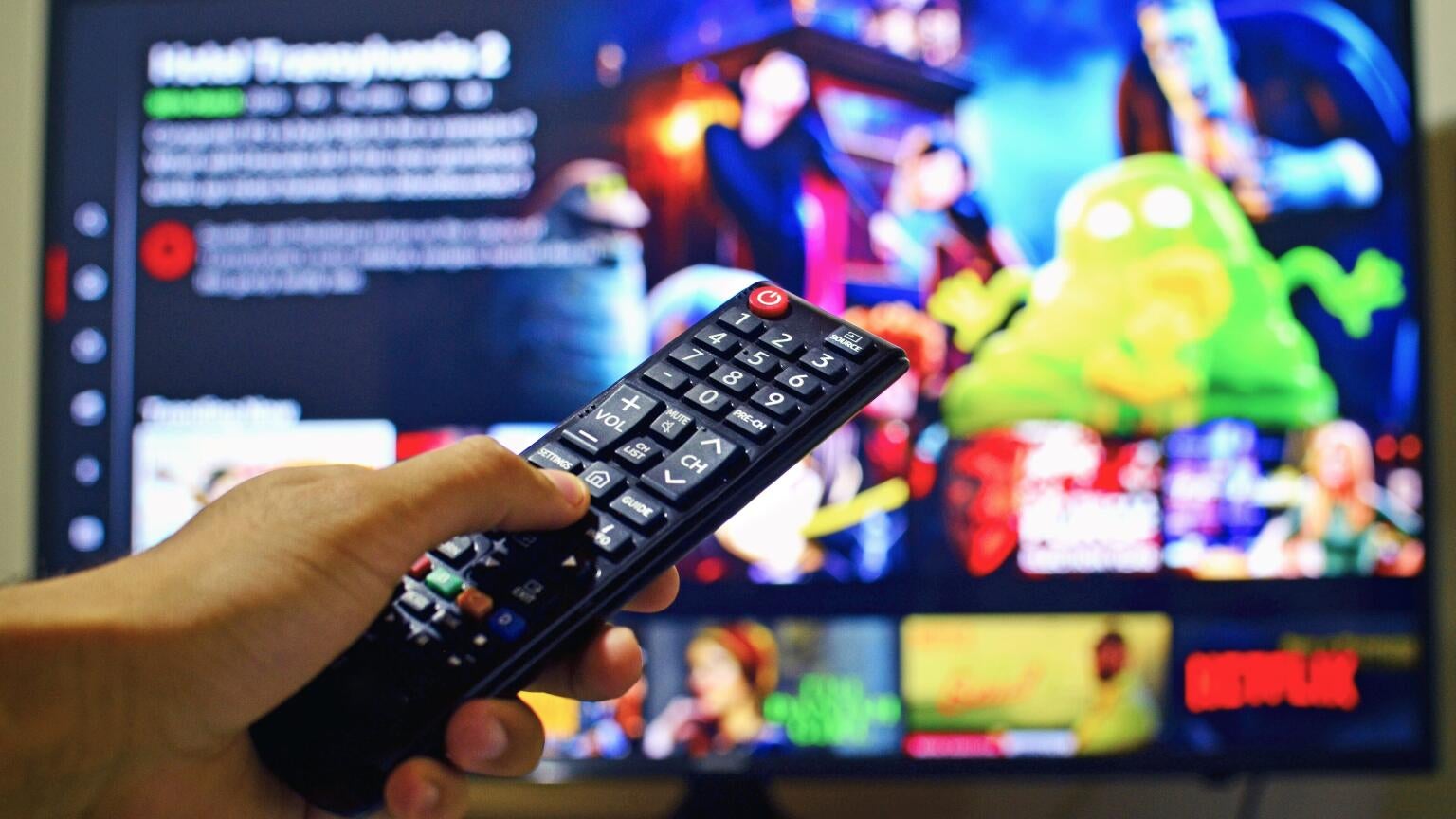Report: 66% of U.S. Consumers View Netflix As Essential Service While Streaming Spending Trending Down

With so many streaming services out there, it can be hard to figure out which ones are the must-haves. This is especially true as streamers continue to raise their prices and cut content, meaning users have to be contentious about how and where they spend their money. Like most things, not all streaming services are created equally and new research from Aluma Insights finds some are proving to be more essential than others in the eyes of consumers.
Of 16 top services, Netflix was listed as the most essential service by 66% of respondents. More than half of respondents also listed Hulu and Disney+ as an essential premium subscription video-on-demand (SVOD) service. On the other end of the spectrum, Peacock, Apple TV+, and Epix Now (recently rebranded as MGM+) were listed as the least essential services.
“This is one way of comparing a service’s utility with that of its competitors,” Aluma founder Michael Greeson said. “It says to some owners you’ve a bit more latitude when it comes to revenue optimization measures, such as cracking down on freeloading or increasing retail prices. It says to others there is great risk in significantly altering prices or service terms.”

One example that better highlights this issue is Netflix’s plan to roll out broader measures this quarter to crack down on password sharing. On one hand, Netflix being listed as an essential service could give executives confidence that users hold the streamer in such high regard that forcing some to create their own accounts won’t impact subscriber numbers.
On the other hand, executives could take this as a sign that implementing this crackdown could result in subscriber churn. The company already faced backlash when it reportedly posted new guidelines about password sharing by accident, so the official rollout could be met with similar controversy.
Of course, any time a streamer announces a big change — like a crackdown on password sharing or a price increase — there will undoubtedly be grumblings from users. However, sometimes those complaints are just complaints and have little effect beyond annoying users. Disney CEO Bob Iger recently revealed that December’s price increase for the ad-free tier resulted in minimal subscriber losses. This suggests that while users may not be happy with the price hike, they view Disney+ as essential enough to keep paying for it, presumably, many would feel the same about Netflix.
This isn’t always the case, though. Peacock is listed as one of the least essential services, and due to recent actions from the streamer’s parent company Comcast, it’s easy to understand why. Comcast has done away with the free, ad-supported tier of the service for new users and is phasing out the free access for Xfinity subscribers, who the company believes make up at least 70% of Peacock’s active users.
“If 65% of Peacock subscribers consider the service dispensable,” Greeson said, “and Comcast is ending free service to 70% of Peacock’s subscribers, there is a real risk this strategy will backfire in 2023.”
While Peacock has fan-favorite titles like “The Office” and “Parks and Rec” in its library, the streamer has long struggled to produce must-see original content, unlike its rivals with their buzzy watercooler titles. The recent hit series “Poker Face” has helped the streamer’s image but not enough to be listed as an essential SVOD service.
Apple TV+ has the opposite problem: It’s recognized for producing high-caliber original content, but offers little depth in terms of library and third-party material. That lack of licensed material contributes to it being viewed as a less essential service. While critically acclaimed shows like “Ted Lasso” are great, are viewers willing to spend $6.99 per month to watch one show?
The report notes that the bigger risk for less essential services is the leveling off of monthly spending on SVOD services. SVOD households paid $43.25 on average per month in 2022, up significantly from 2020, but stable when compared to 2021. This means that people are only willing to spend so much on streaming, and with increases in prices becoming an annual event for most services, some streamers undoubtedly will fall by the wayside. Between 2020 and 2022, the proportion of SVOD consumers who were willing to pay more fell from 14% to 8%, while those who intended to cut back on these costs rose from 17% to 25%.
“As buyers move closer to their SVOD spending limits, less essential services will have a difficult time optimizing revenue without enduring sizeable subscriber losses,” said Greeson.
Netflix
Netflix is a subscription video streaming service that includes on-demand access to 3,000+ movies, 2,000+ TV Shows, and Netflix Originals like Stranger Things, Squid Game, The Crown, Tiger King, and Bridgerton. They are constantly adding new shows and movies. Some of their Academy Award-winning exclusives include Roma, Marriage Story, Mank, and Ma Rainey’s Black Bottom.
